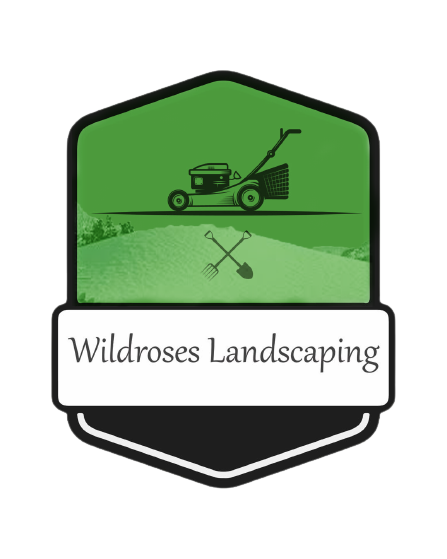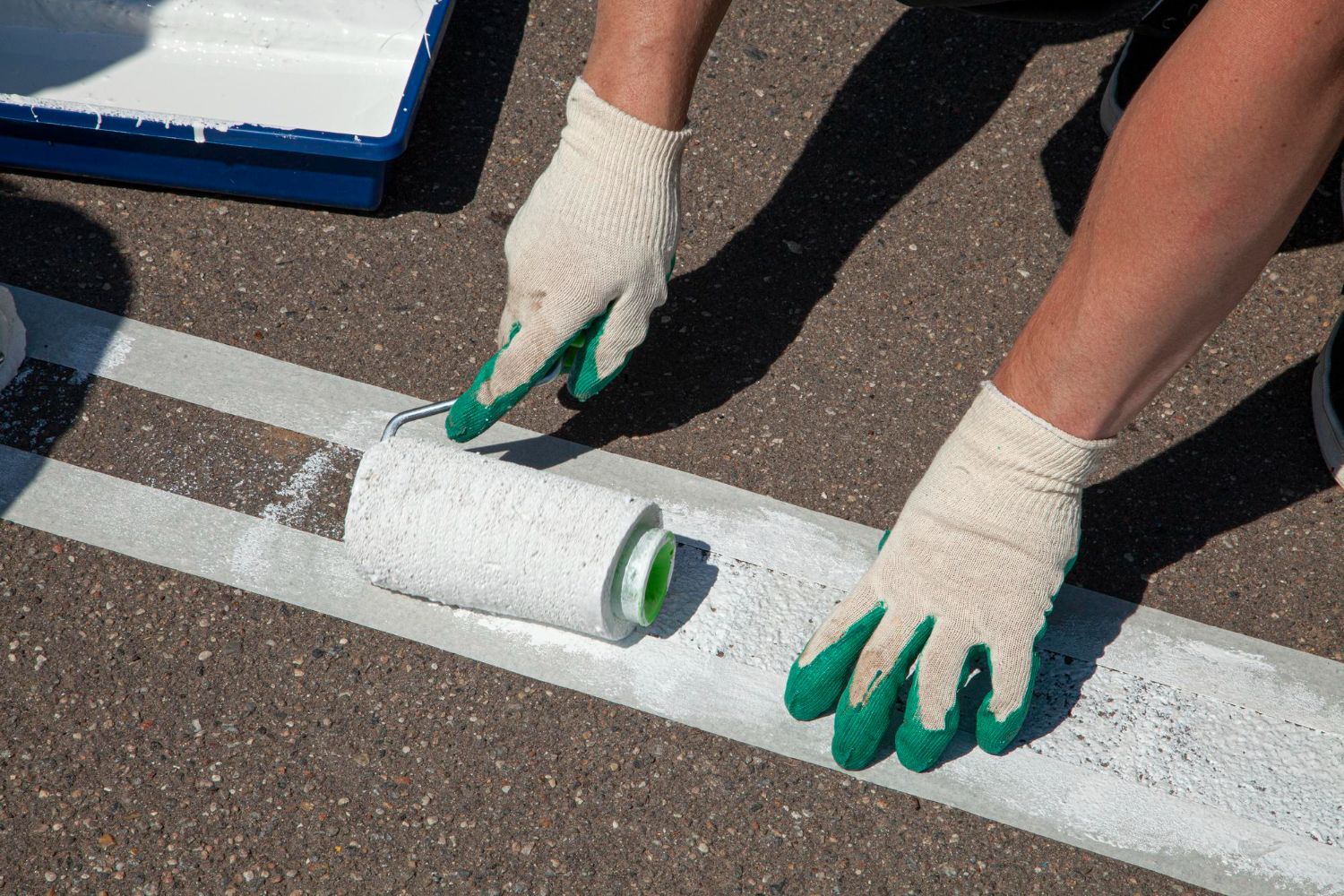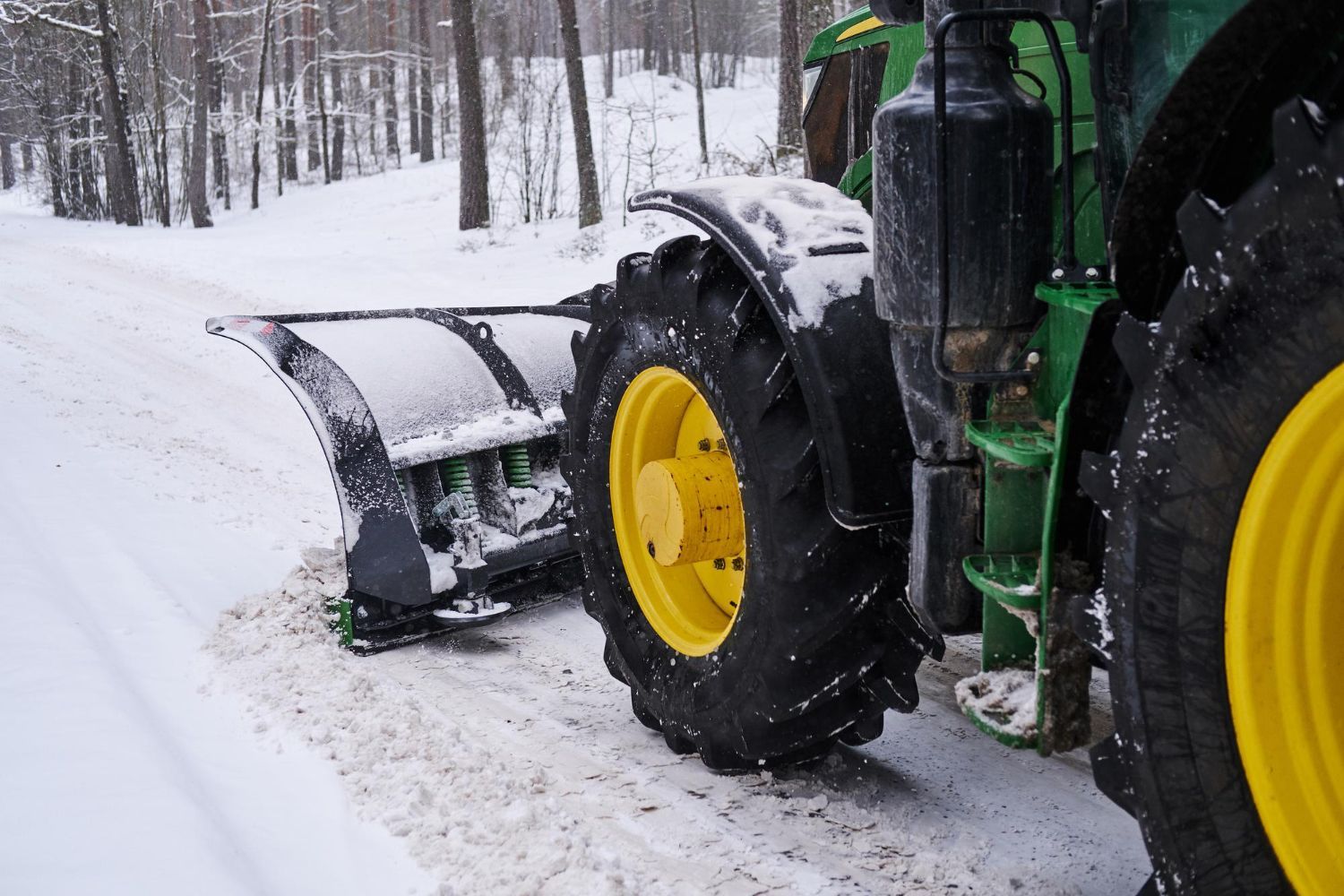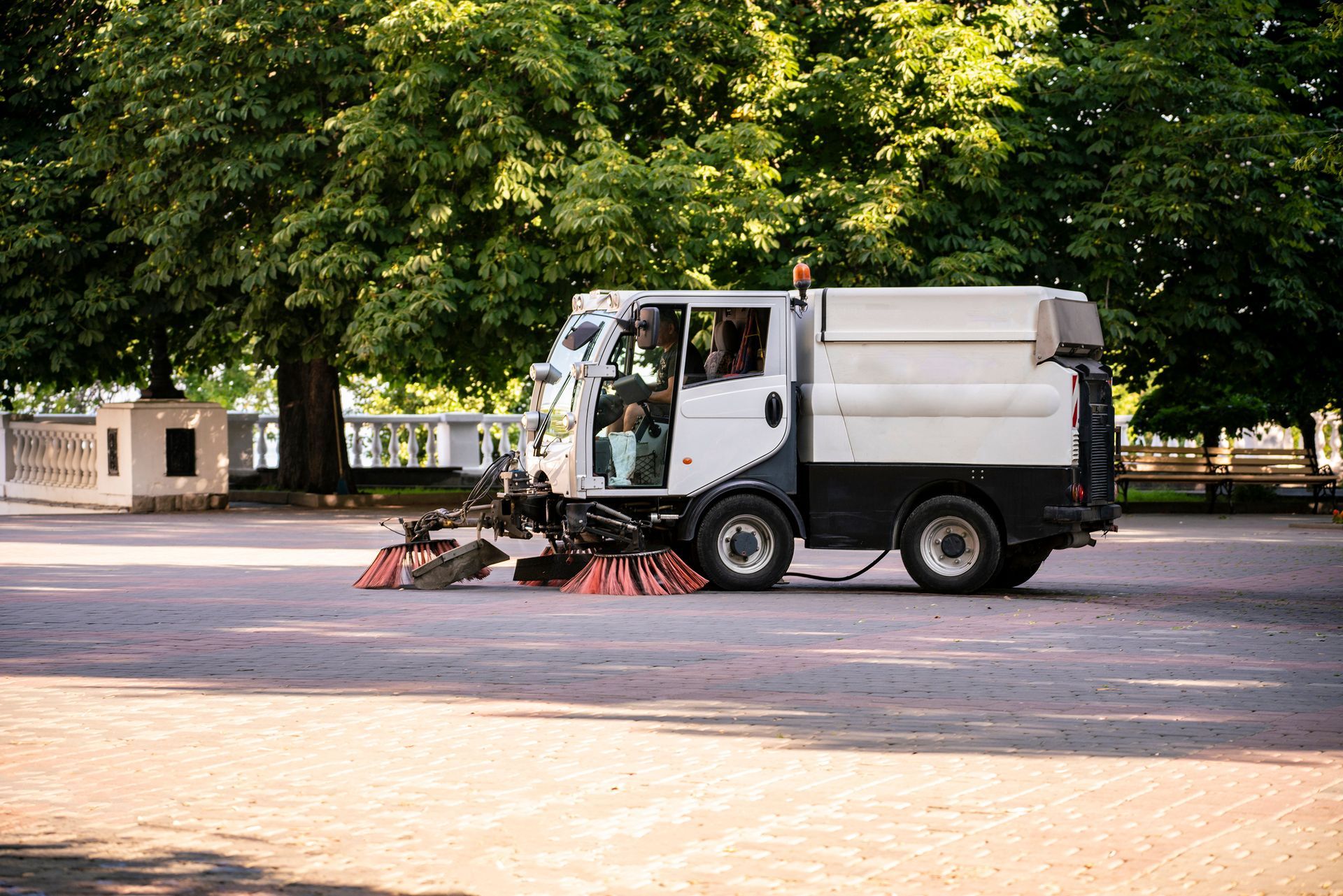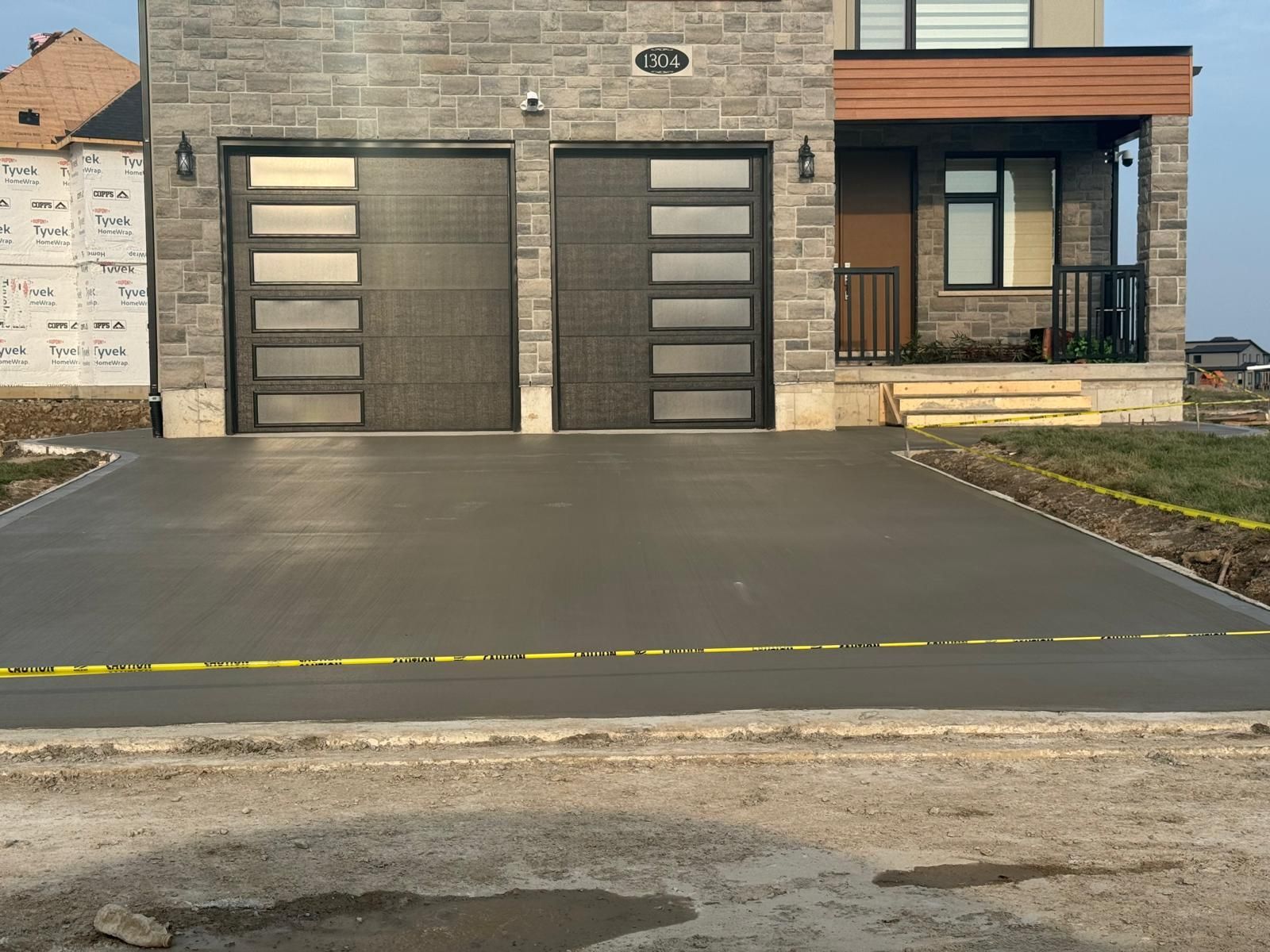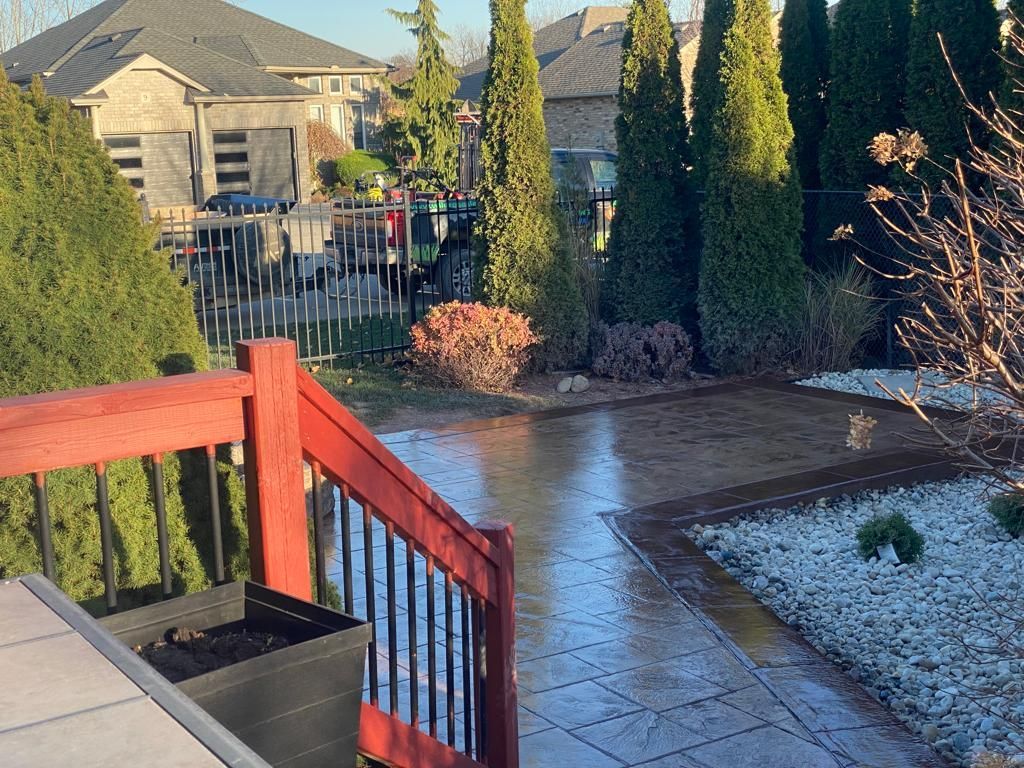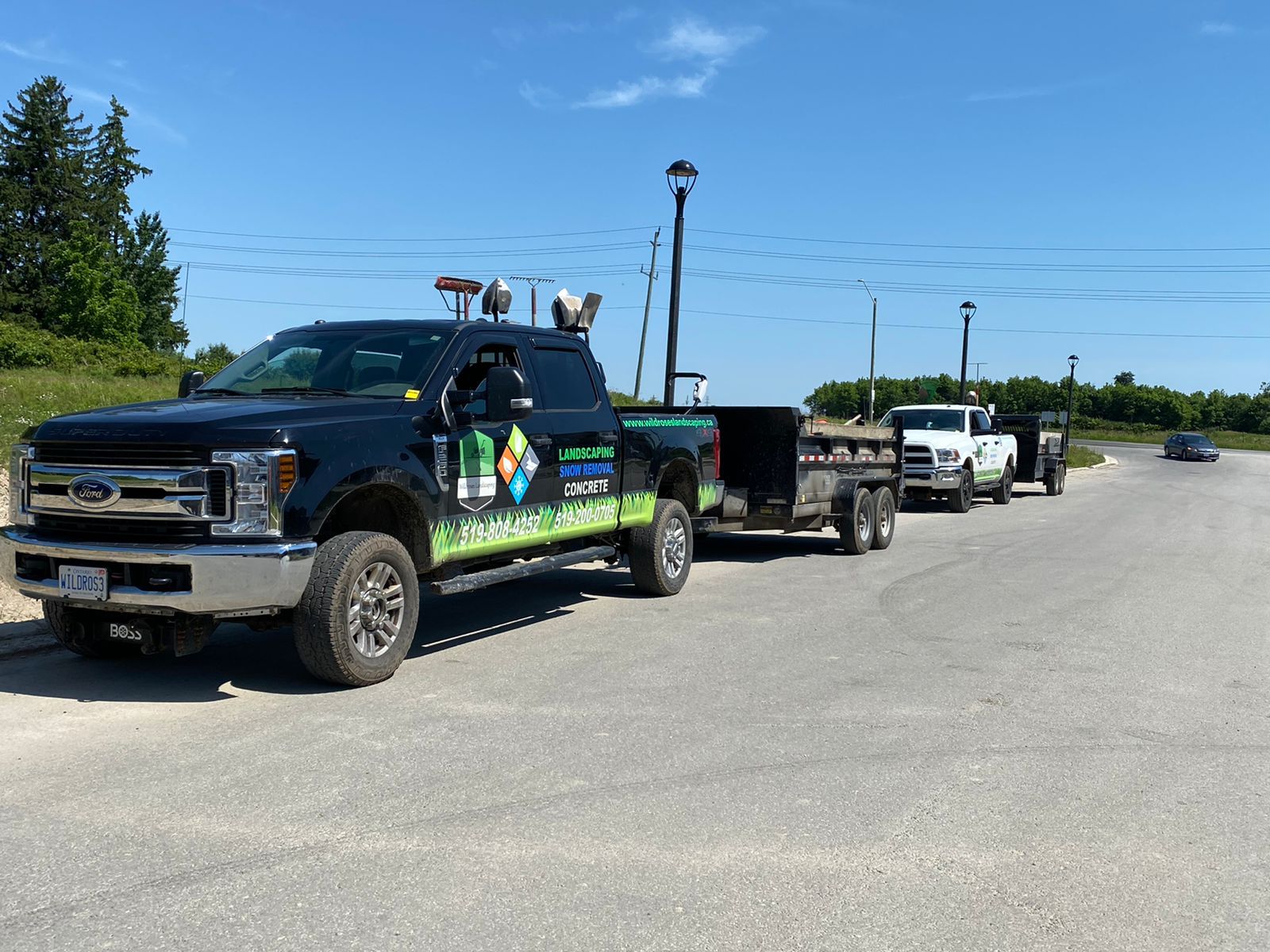Sustainable Landscaping for Urban Living
As cities grow and urbanization continues, the need for sustainable landscaping in urban areas becomes increasingly important. Sustainable landscaping not only enhances the aesthetic appeal of city spaces but also addresses environmental concerns by promoting biodiversity, reducing pollution, and improving air and water quality. For London homeowners, adopting sustainable landscaping practices can transform urban gardens into vibrant, eco-friendly havens.
The Importance of Sustainable Landscaping
Sustainable landscaping revolves around creating environments that thrive in harmony with their surroundings. This approach minimizes resource consumption and environmental impact while maximizing ecological benefits. In urban settings, where space and resources are limited, sustainable landscaping practices can contribute significantly to the overall well-being of residents and the local ecosystem.
Designing with Purpose: Sustainable Landscaping Principles
When planning a sustainable urban garden, it's essential to consider the principles that guide eco-friendly design. Key principles include water conservation, soil health, biodiversity, and energy efficiency. Incorporating these elements into your garden design ensures long-term sustainability and enhances the beauty and functionality of your space.
Water-Wise Landscaping
Water conservation is a fundamental component of sustainable landscaping. Techniques such as rainwater harvesting, drip irrigation, and the use of drought-tolerant plants help minimize water usage while maintaining a healthy garden. Native plant species, in particular, require less water and are well-suited to local climate conditions, making them an ideal choice for water-wise landscaping.
Improving Soil Health
Healthy soil is the foundation of a successful urban garden. Practices such as composting, mulching, and soil amendment enhance soil fertility and promote beneficial microbial activity. By focusing on soil health, urban gardeners can reduce the need for chemical fertilizers and create a thriving ecosystem that supports plant growth and resilience.
Biodiversity and Habitat Creation
Incorporating diverse plant species and creating habitats for local wildlife is crucial for sustainable urban gardens. By planting native and pollinator-friendly plants, homeowners can attract beneficial insects, birds, and other wildlife, fostering a balanced ecosystem. Adding features like birdhouses, bee hotels, and water sources further enhances habitat value.
Energy-Efficient Landscaping
Energy-efficient landscaping involves techniques that reduce energy consumption and lower the carbon footprint of urban gardens. Planting trees and shrubs strategically can provide shade, reduce heating and cooling costs, and improve air quality. Designing with climate in mind and incorporating renewable energy sources, such as solar lights, can further enhance energy efficiency.
Innovative Urban Gardening Solutions
Urban gardeners can explore various innovative solutions to maximize space and sustainability. Vertical gardens, rooftop gardens, and container gardening offer creative ways to introduce greenery into small urban spaces. These solutions not only beautify limited areas but also contribute to improved air quality and urban cooling.
Partnering with Wildroses Landscaping
If you're inspired to create a sustainable urban landscape but aren't sure where to start, Wildroses Landscaping is here to help. Our team of experienced professionals is passionate about sustainable practices and dedicated to bringing eco-friendly designs to life. Contact us today and let us transform your urban garden into a green oasis.
Embrace Sustainability: Transform Your Urban Space
Sustainable landscaping holds the key to creating healthy, beautiful urban environments that benefit both residents and nature. By implementing water-wise practices, encouraging biodiversity, and embracing innovative solutions, homeowners can create vibrant gardens that thrive in urban settings. Ready to embark on your sustainable landscaping journey? Contact Wildroses Landscaping today and take the first step towards transforming your urban space.
